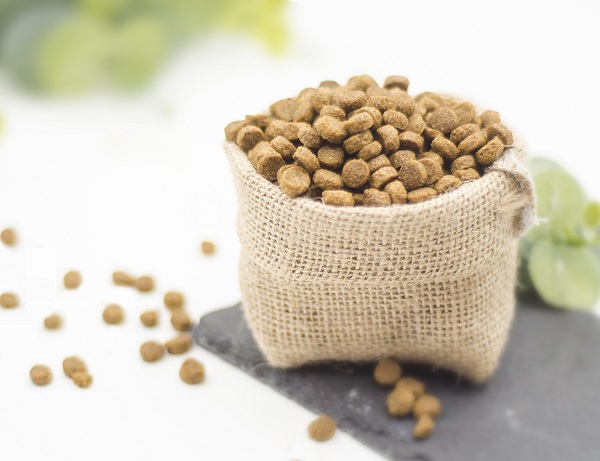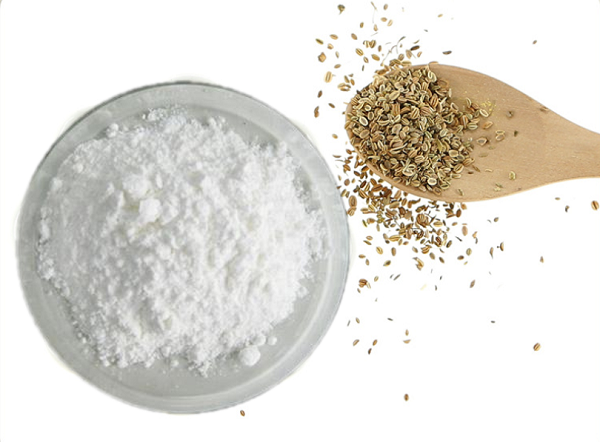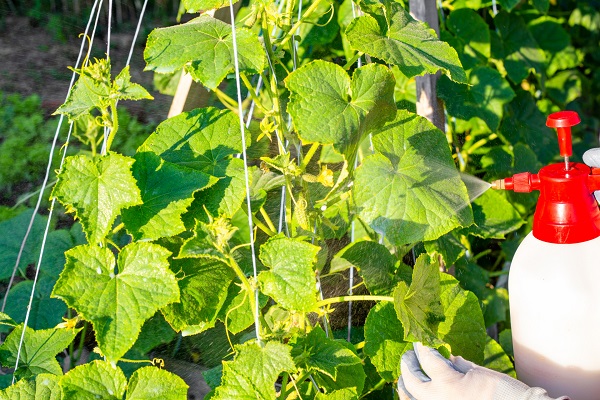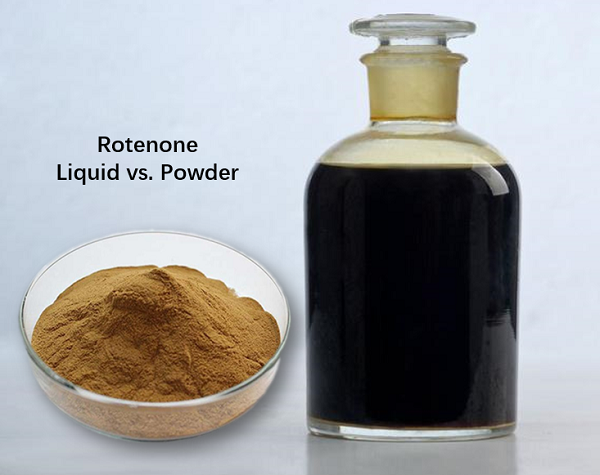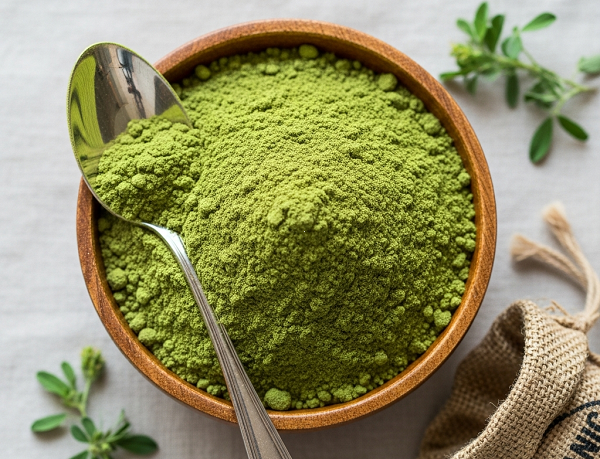Follow Us:

Ashwagandha Powder In Dog Food and Why so Great for Pets?
In the rapidly evolving pet food industry, health-conscious consumers are driving demand for functional ingredients that offer more than basic nutrition. One such rising star is ashwagandha powder—a revered herbal adaptogen with centuries of use in traditional medicine. Today, it is being integrated into dog food formulations to support pet wellness on multiple fronts.
Keywords: Ashwagandha powder price, Functional pet food ingredients, pet food manufacturing ingredients, Ashwagandha powder bulk, Pet food ingredients suppliers.
What Is Ashwagandha and Where Does It Come From?

Ashwagandha (Withania somnifera) is a small shrub native to China and India. For centuries, practitioners of Ayurvedic medicine have used the root of this plant for its adaptogenic properties to reduce stress, improve immunity, and support overall vitality.
In pet nutrition, we typically use ashwagandha in powdered form, derived from the dried roots of the plant. Its ability to help regulate stress hormones like cortisol makes it especially appealing for dogs suffering from anxiety, aging-related decline, or inflammatory issues.
Production Process of Ashwagandha Powder for Pet Food
To meet quality and safety standards in the pet food industry, the production of bulk ashwagandha powder undergoes a careful, multi-step process:
1. Cultivation – Grow the plant organically or conventionally, typically in India, where soil and climate conditions are ideal.
2. Harvesting – Harvest the roots at maturity (usually 5–6 months after planting) when the concentration of withanolides (the active compounds) is optimal..
3. Cleaning & Drying – Wash the roots thoroughly and dry them under controlled conditions to preserve bioactive compounds.
4. Milling & Powdering – FDA-certified facilities finely mill the dried roots into a powder.
5. Standardization – Manufacturers may standardize the powder to a specific withanolide content to ensure consistency and efficacy in pet food applications.
6. Quality Testing – Test the final product for contaminants (like heavy metals or pathogens) and potency, ensuring safety for animal consumption.
Dog food manufacturers can add the powder during the mixing or coating stage, depending on the product format (dry kibble, soft chews, or treats).
Ashwagandha Powder for Dogs – Safety, Formula & Dosage
As ashwagandha becomes a popular ingredient in pet wellness, especially for stress relief, immunity support, and cognitive health, it’s crucial for manufacturers and veterinary professionals to understand how to use it safely and effectively in canine supplements.
| Category | Details |
| Product Name | Ashwagandha root powder |
| Form Used | Root powder (standardized or raw); occasionally as an extract (e.g., 5% withanolides) |
| Common Uses | – Stress & anxiety relief |
| Safety | Generally recognized as safe (GRAS) when used in moderate doses |
| Should be avoided in pregnant or lactating dogs | |
| Precautions | – May interact with sedatives, thyroid medication, or immunosuppressants |
| – Monitor dogs with low blood pressure or autoimmune diseases | |
| Recommended Dosage | Raw powder: 5–10 mg per lb of body weight per day |
| Standardized extract (5% withanolides): 1–2 mg per lb of body weight per day | |
| Formulation Examples | – Soft chews (with chamomile, L-theanine) |
| – Capsules or powders | |
| – Functional treats | |
| – Coated kibble for anxiety or senior support | |
| Administration | Oral – Mixed with food or given as treat/chew |
| Onset of Effects | Gradual – Often takes 7–14 days to see behavioral or physical improvements |
| Maximum Daily Dose | Typically should not exceed 50–100 mg/day for small dogs |
| 200–400 mg/day for large dogs (consult formulation limits) | |
| Shelf Life | 24–36 months if stored in cool, dry conditions |
| Certifications to Look For | FDA-certified, non-GMO, organic, pet-safe microbial testing |

CanineWellness was looking to expand their product line to cater to an increasingly health-conscious pet owner base, who wanted holistic and functional ingredients in their dog food and supplements.
Solution: The company decided to launch a line of ashwagandha-infused soft chews that target specific health concerns like anxiety, joint pain, and cognitive decline. These chews combined the adaptogenic benefits of ashwagandha with other popular ingredients like turmeric and glucosamine.
Result: The new product line was met with an overwhelmingly positive response. Sales saw a 25% increase within the first three months of launch, and the company received feedback from customers praising the improvement in their dogs’ quality of life, particularly with senior
When NOT to Use Ashwagandha in Dogs
- Pregnant or lactating dogs
- Dogs with diagnosed hyperthyroidism
- Dogs on sedatives or immunosuppressive therapy
- Dogs with known nightshade allergies (ashwagandha is in the Solanaceae family)
As ashwagandha becomes a popular ingredient in pet wellness, for manufacturers and veterinary professionals to understand how to use it safely and effectively in canine supplements. Contact us!
Also See
- Prebiotics, Probiotics and Postbiotics For Pets— What’s Better? and Why?
- Why Use Beetroot Powder in Dry Dog Food
- USDA Approved Parsley Powder Supplier: Pet Food & Animal Feed Ingredients
- Why Coconut Oil Powder Solving Dogs Skin
- Is Turkey Tail Mushroom Powder Safe For Dogs
- Why Pet Food Brands Are Adding Lutein and Zeaxanthin













